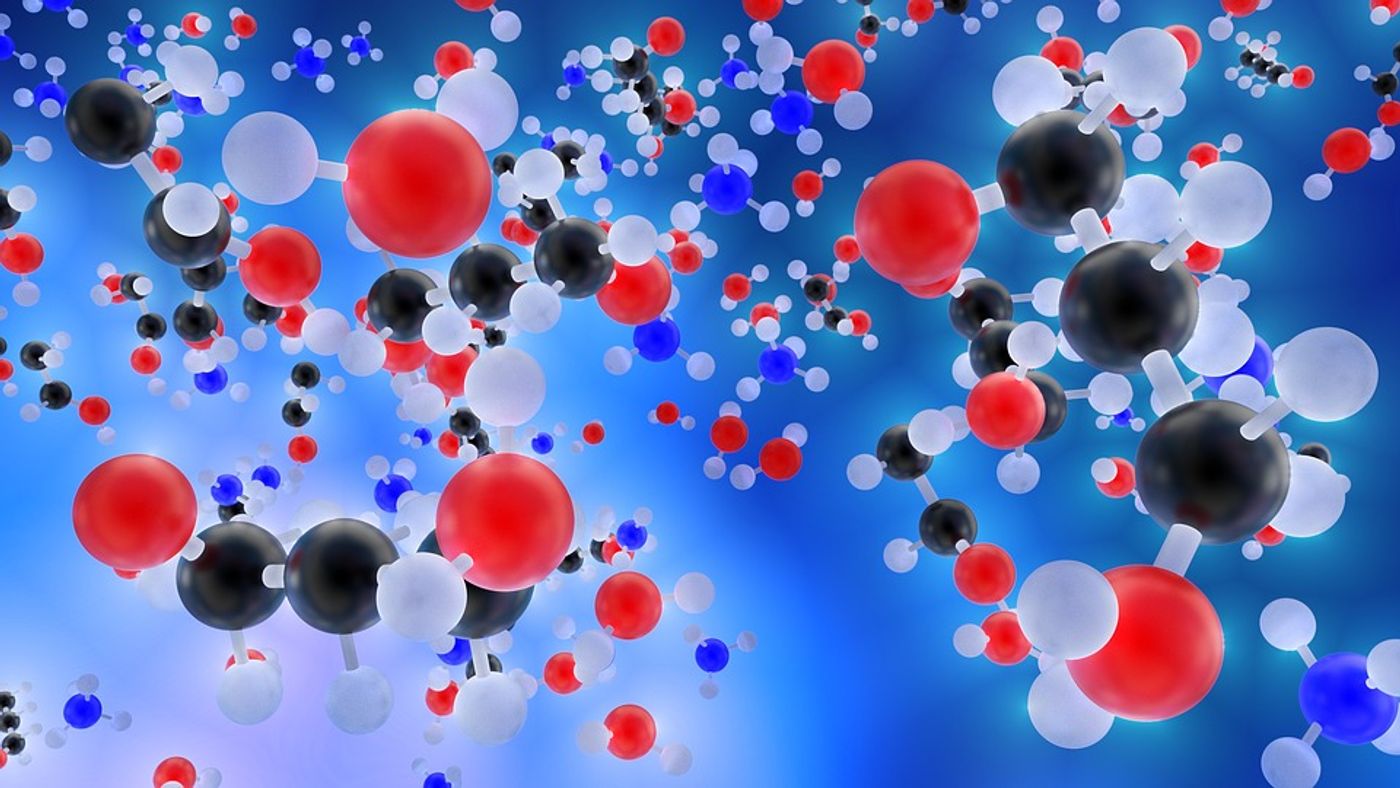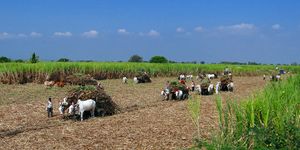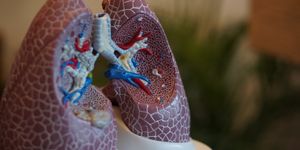Understanding How Life Could Have Arisen From RNA
Sometime around four billion years ago, scientists think that life arose, and they have been trying to learn more about how that happened. Before animals could evolve, cells had to be created, and before that, the molecules that cells are made of had to exist. Organic chemist Thomas Carell and colleagues have theorized that special minerals may have given rise to the basis of genetic material - nucleotides, which make up RNA, before there was even DNA.
Building on that theory, the researchers have identified a chemical pathway that could be the one which generated RNA’s nucleotides, adenine (A), uracil (U), cytosine (C) and guanine (G) from the basic materials that would have been available in Earth’s ancient primordial soup. So many nucleotides could have been made from the reactions the scientists described that they could build up into thick crusts, said Carell. The work has been reported in Science.
Their research suggests that RNA-based genes that could reproduce on their own are the basis of life - the RNA world hypothesis, which is outlined in the video above. If true, this theory would indicate that life didn’t come about because some very special set of circumstances existed; it would be easy for this to happen on other planets, Carell added.
Carell’s team has already shown that there are chemical cascades that are capable of generating certain nucleotides or nucleobases. But the reactions don’t work under the same conditions; they require different pH levels and temperatures. By contrast, the reactions they’ve now identified can work in the same environment.
In their study, the scientists used two ponds containing stuff that could flow back and forth, and cycled through conditions that mimic seasonal changes like wet and dry or hot and cold. As simple molecules floated together in a pool of hot water, then cooled and dried out, a residue was generated. It contained two kinds of organic compounds. Water was then added to the residue, and some organic molecules dissolved and washed into another pond. That removed a water-soluble compound. The other molecule that remained was then free to go through further reactions. Finally, the organic compounds were mixed again, and nucleotides were formed.
“This paper has demonstrated marvelously the chemistry that needs to take place so you can make all the RNA nucleosides,” chemist Ramanarayanan Krishnamurthy of Scripps Research in La Jolla, California told Nature. He cautioned, however, that these results may not demonstrate the actual evolution of life on our planet.
Carell plans to continue his work to learn more about the formation of ribose, which is required to connect nucleotides and generate RNA.
Sources: AAAS/Eurekalert! via Ludwig-Maximilians-Universität München, Nature, Science









